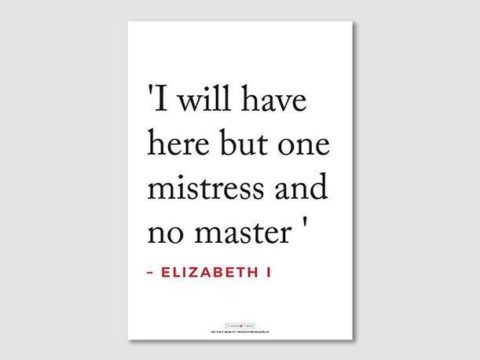Howard Family
Sola Virtus Invicta (Only Virtue Unconquered)
Chapter 3 : Death & Glory
Surrey's eldest son was another Sir Thomas Howard. His second son was Sir Edward Howard, a favourite with Henry VIII, who succeeded his father to the throne in 1509. Sir Edward had the honour of wearing Henry VII's armour as part of the old King's funeral ceremonies and was appointed as Royal Standard Bearer, giving him an important role at the new King and Queen's coronation. The two Howard brothers made a name for themselves in 1511, undertaking an expedition against Sir Andrew Barton, a Scottish mariner who had attacked English merchant shipping, going beyond the powers given to him by James IV, and more or less acting as a pirate. They bested Barton in a short sea battle.
Whilst the younger generation were pleasing the bellicose Henry VIII, Surrey was falling out of favour for his support of maintaining peace with France. His advice was overruled, and an initial invasion took place in 1512. On 7 th April 1512, Sir Edward was appointed Admiral in command of a fleet of 18 ships which won a successful engagement off Brest on 10th August (known variously as the Battle of Brest, and the Battle of Saint-Matthieu). He was promised the reversion of the title of Lord High Admiral in recognition of his victory. During the battle, his brother-in-law, Sir Thomas Knyvet was killed, and Sir Edward vowed that he would not rest until he had avenged him.
In 1513, Henry VIII, his father's real gold burning a hole in his pocket, and his father in law's counterfeit promises of help to regain the throne of France ringing in his ears, set out personally to win glory in France. Surrey and Sir Thomas were deeply hurt and offended to be left behind, seeing it as the denial of their chance to win fame and wipe out any lingering stain on their honour, left over from Bosworth. Henry VIII had told Surrey he needed a strong man at his back as he did not trust his brother-in-law, James IV of Scotland, not to invade England in his absence. Surrey was to guard the northern border and support the Regent, Queen Katharine.

What Surrey had feared as a disgrace ended in triumph. James did invade, and despite his superior numbers the Scottish army was routed at Flodden.
The victory has to be attributed to the clever generalship of Surrey, and the use he made of his knowledge of James' character. In recognition of his achievement, Surrey was restored, on 2 nd February 1514, to the dukedom of Norfolk as second duke. His son, Sir Thomas, now became Earl of Surrey. In addition, the Howards were permitted to enhance their coat of arms with the Scottish lion, portrayed with an arrow in its mouth, to symbolise the slaying of the King of Scots.
Meanwhile, keen to make good his vow of vengeance for the death of Knyvet, Sir Edward Howard had led a foolhardy attack on the French fleet, tucked up in Brest, and was killed in the attempt. His Admiral's whistle was sent to the Queen of France, Anne of Brittany, and his armour to her daughter, Madame Claude.
